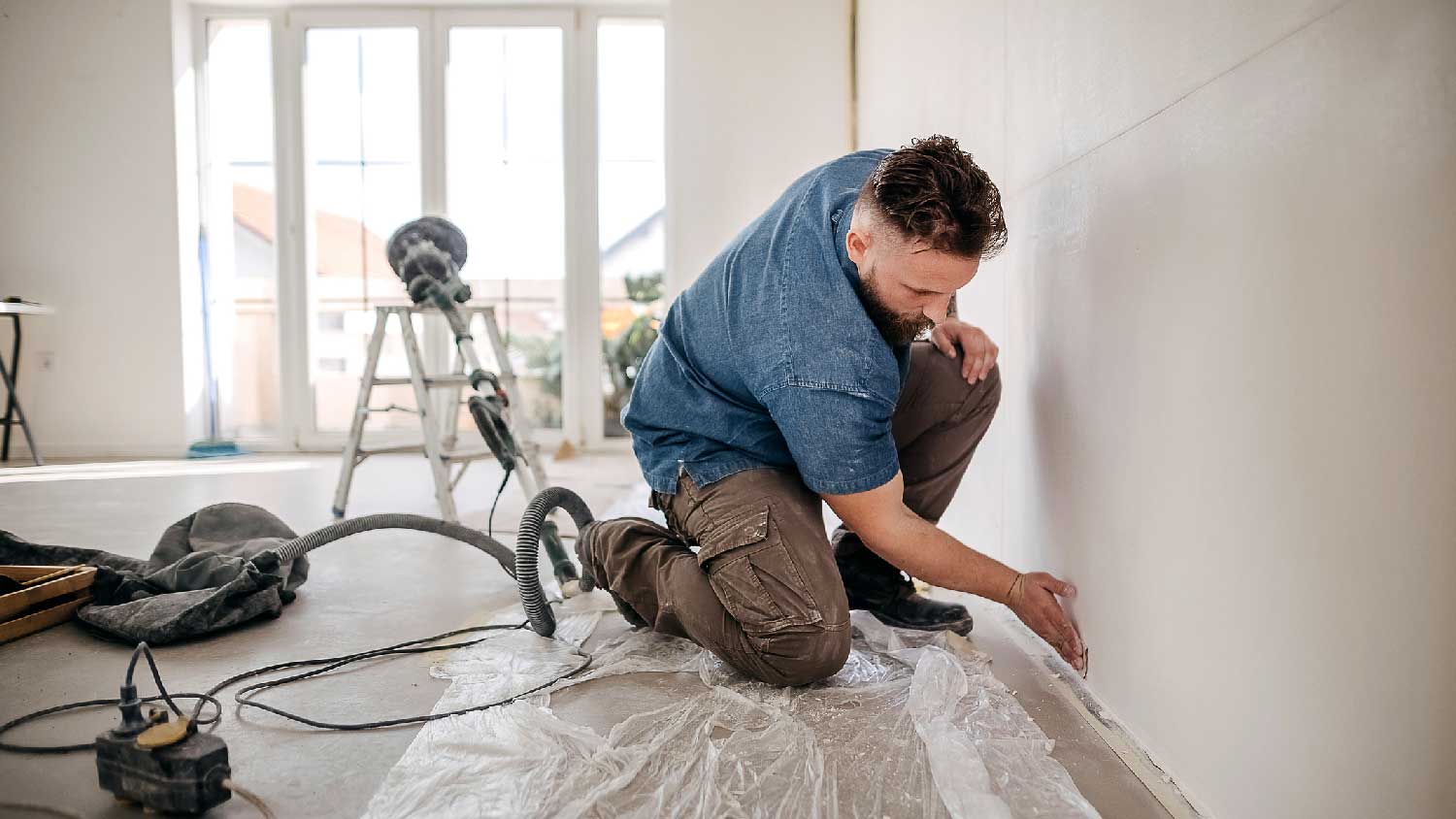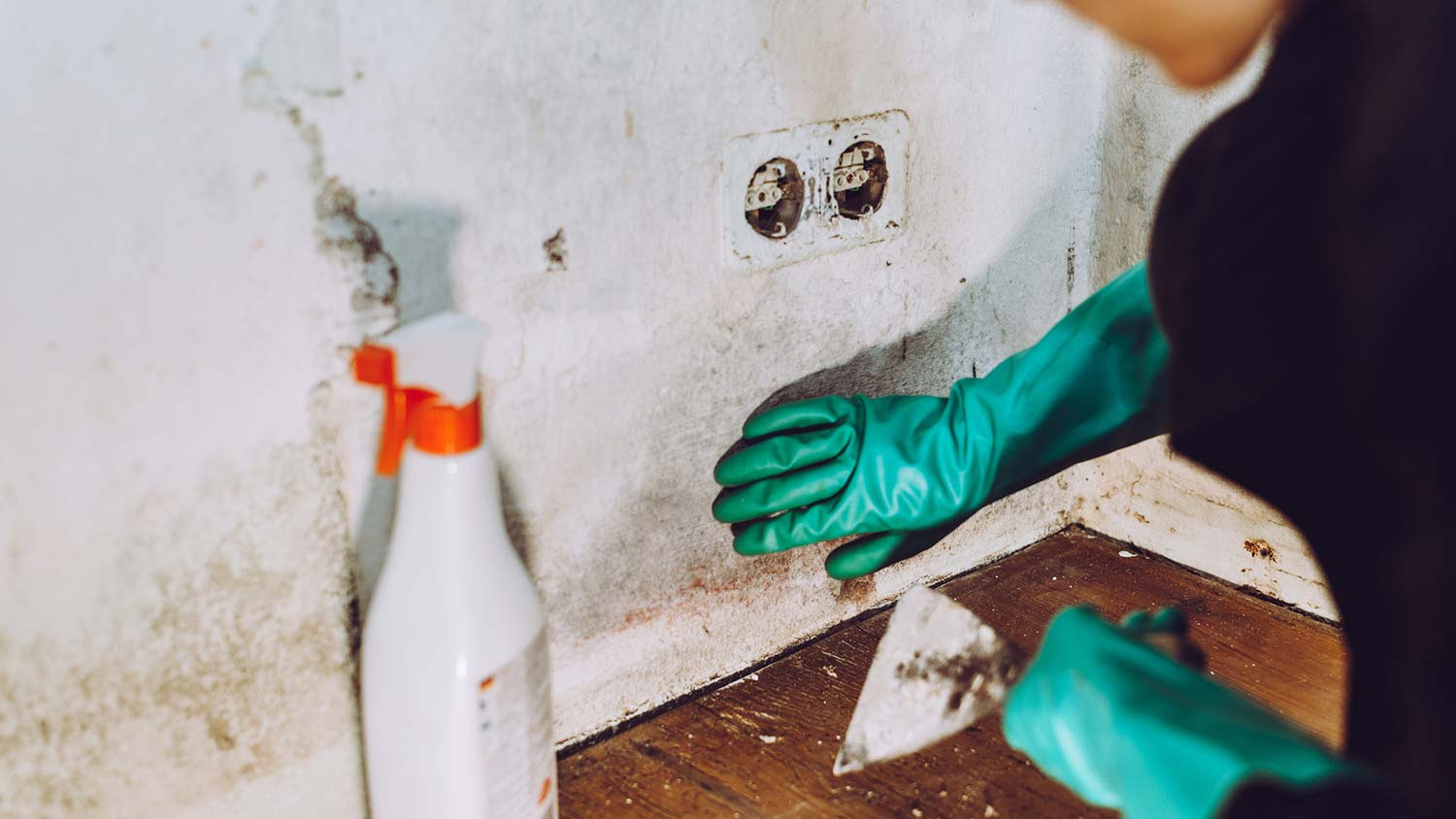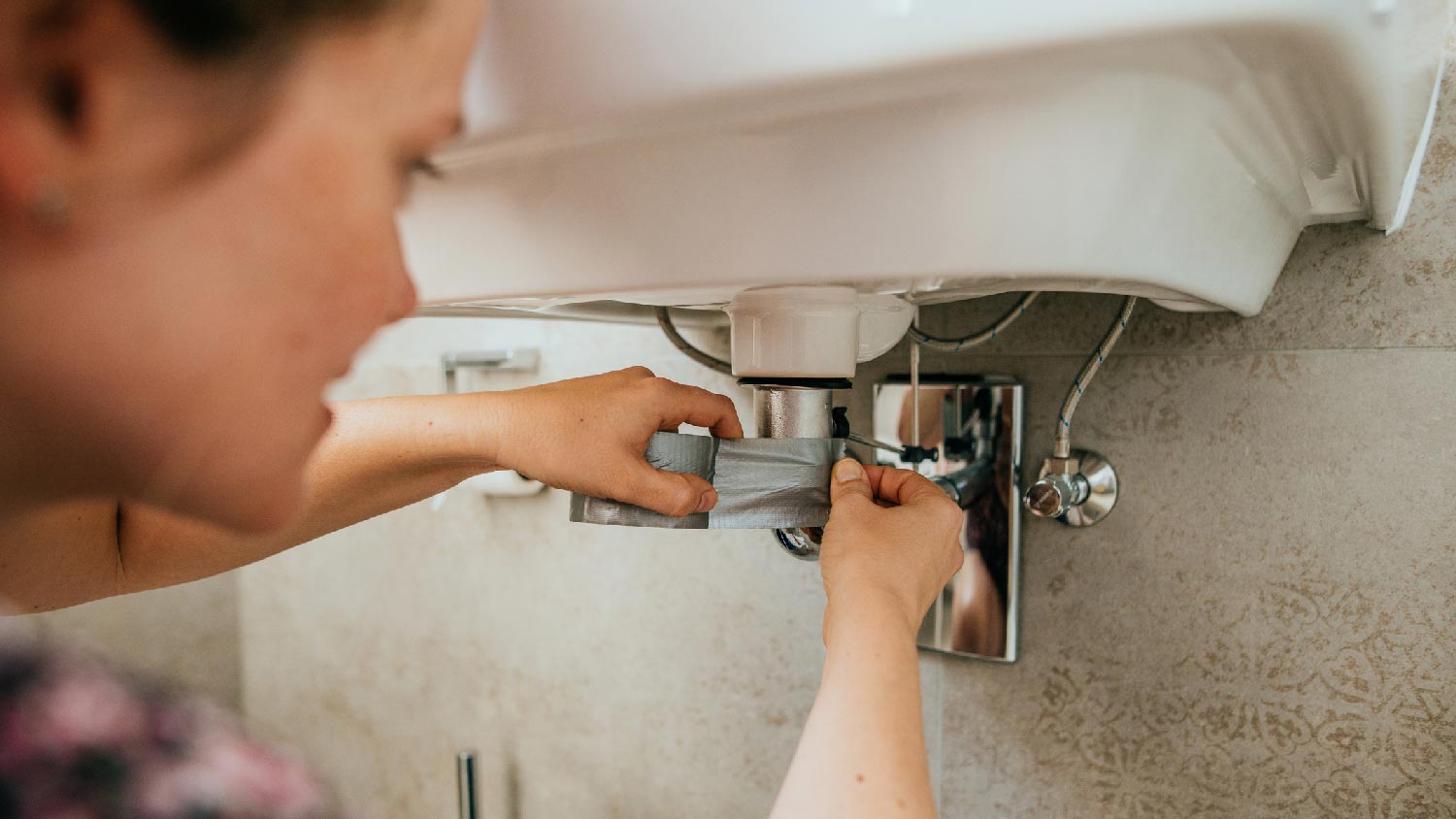Water Mitigation vs. Remediation: What’s the Difference and Which Do You Need?
Prevent further damage or fix what already occurred


Water mitigation includes the steps you take immediately after a leak or flood to reduce further damage to your home.
Water remediation includes cleaning and sanitizing and returning your living space to its original state after water damage.
Water mitigation and water remediation are both necessary after you experience water damage in your home.
A water restoration specialist can perform both tasks for comprehensive protection for your home.
Finding major water damage in your home after a flood or leak is a stressful situation, but knowing what steps to take next can mean the difference between a speedy recovery and even higher repair costs and a lengthier repair process. In this guide, we’ll explain the differences between water mitigation and remediation to help you decide which services you need in your home.
Water Mitigation vs. Water Remediation: Key Differences
Water mitigation is what you do immediately after a flood or leak to prevent the damage from worsening, but it doesn’t include replacing damaged materials. Water remediation, on the other hand, includes replacing materials—it encompasses the steps you take in the days or weeks after water damage to bring your property back to its normal condition. Both are usually required after water damage. Water mitigation comes first and is done as an emergency service, while remediation comes second and doesn’t need to be rushed.
What Is Water Mitigation?

Water mitigation is the process of mitigating further damage after a flood or leak in your home. It includes removing standing water, temporarily addressing the source of the leak—which could mean patching the roof or shutting off your water main—and drying the area to avoid mold growth.
| Pros | Cons |
|---|---|
| Prevents further damage | No buildback |
| More affordable | Emergency service |
| Easier to DIY | Can be dangerous |
Best for:
Preventing worsening damage after a leak or flood.
An immediate response to water damage.
Pros of Water Mitigation
The biggest upside of water mitigation is that it prevents further damage to your property. After a leak or flood, standing water can soak through building materials and cause additional damage, and excess moisture will lead to mold growth in just 12 to 24 hours. Mitigation is an emergency service that helps prevent the problem from getting worse.
Water mitigation is more affordable than remediation, as it doesn’t include buildback. Water mitigation costs anywhere from $250 to $2,000, which is a fraction of what you’d pay for water damage remediation. Prices can be higher depending on the type of water damage you’re dealing with.
Finally, some aspects of water mitigation are easier to DIY. If it’s safe to do so, you can pump out standing water, vacuum up puddles, and set up blower fans and dehumidifiers to help prevent mold growth.
Cons of Water Mitigation
While parts of water mitigation are easier to DIY, it can also be dangerous to do if you’re dealing with standing water that affects your electrical system. Additionally, depending on the class of water damage, cleaning up the initial leak could be a health hazard.
Water mitigation also doesn’t restore your living space to its original condition—for that, you’ll need water remediation. Water mitigation also requires an emergency response, which can be stressful and expensive, while water remediation is less urgent.
What Is Water Remediation?

Water remediation is what takes place after mitigation to restore your living space to its former condition. It can include removing damaged materials, sanitizing the area to remove mold and mildew, and installing new building materials, including flooring, drywall, insulation, and more. Water remediation will make your home look new again.
| Pros | Cons |
|---|---|
| Restores your home | More expensive |
| Less urgent | Harder to DIY |
| Less dangerous | eeds mitigation |
Best for:
Restoring your home to its original condition after water damage.
Pros of Water Remediation
The biggest upside of water remediation is that it takes your home from what it is after water mitigation and gets you back to the original condition it was in before the water damage occurred. If you hire a water damage restoration professional near you who gets everything done properly, you won’t be able to tell that you ever had a water problem.
Water remediation is less urgent than mitigation because the damage shouldn’t be worsening after mitigation. You should still take steps to keep mold growth at bay, but you can take your time finding and hiring a pro and getting the work done within your budget.
Water remediation is also less dangerous if you are able to prevent mold growth. You should wear proper safety equipment if you plan on DIYing some of the work, but mitigation will take care of the really dangerous materials like sewage and mold.
Cons of Water Remediation
While water remediation may be safer, it’s also much harder to DIY. The buildback may include replacing flooring, drywall, insulation, cabinetry, electrical components, and more, so hiring a professional is all but required for water remediation.
Since water remediation is a more extensive and labor-intensive process, it’s also much more expensive. Water remediation costs an average of $4,000, and you could pay as much as $19,000 for extensive renovations after widespread damage.
Finally, water remediation still requires water mitigation first.
Water Mitigation vs. Remediation

There are a few key differences between water mitigation and remediation to understand before you hire a water damage restoration pro for either.
Focus
Water mitigation focuses on preventing damage from worsening after water damage or a flood. Water remediation focuses on restoring your home’s interior after the mitigation. If you’ve just experienced an issue with water, mitigation is your next step, and remediation can come later.
Cost
Water mitigation costs an average of $600, while remediation averages $4,000. Mitigation is an emergency service and incurs high labor costs, but remediation is much more involved and will always be more expensive.
Timeframe
Water mitigation is an emergency service that stops your water damage from worsening and leading to other issues, like mold growth. Water remediation is something you can take your time with if you need to save up for repairs or plan out the materials you want in your renewed space.
Ease of DIYability
It’s best to leave water mitigation and remediation to professionals, but if you are going to DIY one of them, you’ll have an easier time tackling water mitigation. Remediation can involve installing flooring, drywall, and cabinetry, fixing electrical and plumbing issues, repairing roof leaks, waterproofing your foundation, and more. If it’s safe to do so, you can do your own water mitigation by using a shop vacuum to vacuum up puddles, cutting out waterlogged materials, and running blower fans and dehumidifiers to prevent mold from forming.
Insurance Coverage
You should always contact your homeowner’s insurance provider to confirm what they will and won’t cover, but you’re likely to get retroactive approvals for water mitigation. That means you can sometimes take the necessary action to prevent further damage, like tarping your roof, pumping out standing water, and installing blower fans. Your insurer will often cover water remediation, as well, but you’ll need explicit approvals before beginning to ensure you won’t have to pay out-of-pocket.















